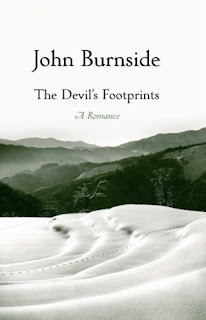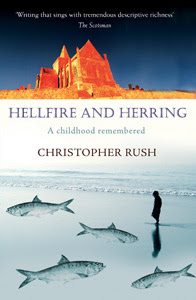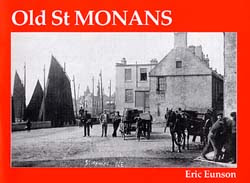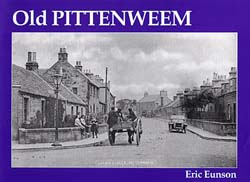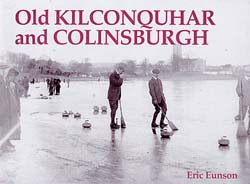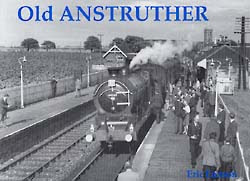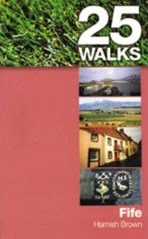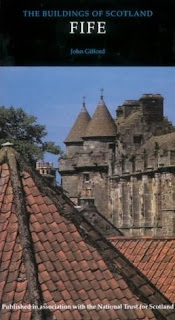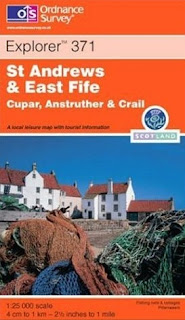
The Scottish coastal communities of Anstruther and Cellardyke lost over 100 men (and one woman) in the First World War. The book shows that almost every facet of the conflict can be traced through their experience. The 180 pages draw upon extensive research to document what happened to all those commemorated on the memorials, and is augmented by material provided by their relatives such as letters from the trenches, postcards from POW camps and photographs of the men in uniform and in their civilian life. However the book goes far beyond personal accounts and places the local experience into the context of the war and also the nature of remembrance. The end of the war saw local disputes as to how those who died, and those who returned, should be celebrated. The fact that there are separate memorials at either end of these adjacent communities shows the strength of feeling, and division, which commemoration engendered. Buy This Book.

